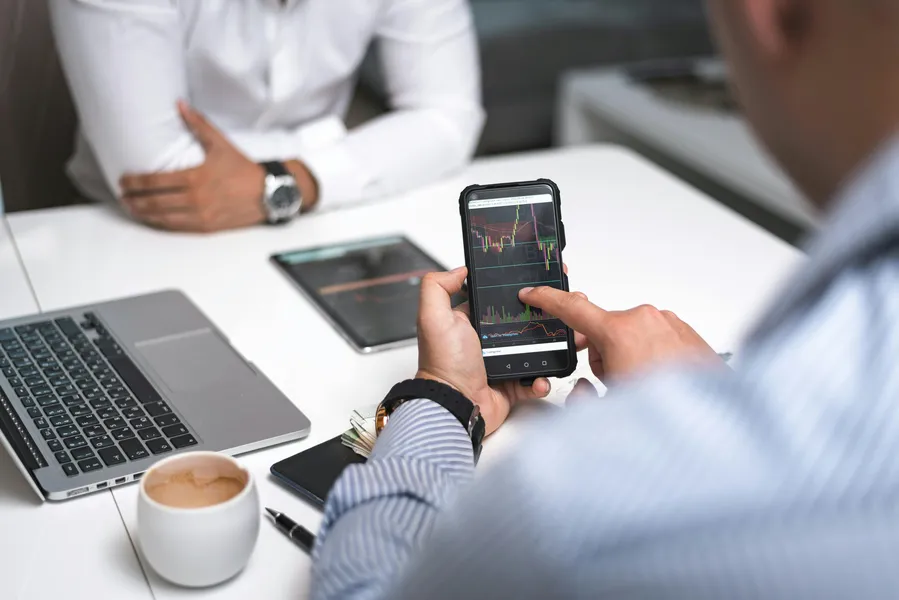How Does Decentraland Cryptocurrency Token (MANA) Work? — Decentraland, Virtual Reality, NFT

Title: The Gritty Reality of Decentraland’s MANA: Beyond Rainbows and VR Headsets
Introduction:
Hello there, fellow cryptoverts! If you’ve been living under a rock (or a really big blockchain), you might have missed the hype around Decentraland – a virtual reality platform built on blockchain. And if you’re thinking, “Oh great, another NFT playground,” well buckle up because we’re diving deep into how their cryptocurrency token, MANA, works.
- The Basics of MANA: Virtual Land Auctions and NFT Skyscrapers
MANA is the native cryptocurrency of Decentraland, used primarily for purchasing virtual land parcels in their metaverse. Think of it like owning a plot on Second Life, but with all the benefits of blockchain and token economics thrown into the mix. These virtual plots are represented by non-fungible tokens (NFTs), each unique with its own set of attributes.
But wait, there’s more! Just when you thought crypto had reached peak absurdity with digital cats and apes, people have started auctioning off NFT skyscrapers within Decentraland. Yes, you read that right – virtual buildings sold for thousands of dollars worth of MANA tokens. It’s like Monopoly on steroids (or perhaps Quake).
- Security Snags and the Art of Bug Hunting
While Decentraland has been relatively bug-free so far, smart contract auditing is an essential part of any blockchain project. Remember The DAO hack back in 2016? A whopping $50 million was stolen due to vulnerabilities in their code. Talk about a lesson learned the hard way!
In Decentraland’s case, they’ve been lucky (or smart) enough to avoid such disasters thus far. However, that doesn’t mean they’re immune to bugs or attacks. Just last year, researchers found a critical vulnerability in their system which could have allowed attackers to seize control of user accounts and steal MANA tokens.
- Hackers Love VR as Much as You Do (Maybe More): Case Study – Axie Infinity
Speaking of attacks, let’s not forget about our old friend, Axie Infinity, another blockchain-based virtual world game that suffered a major hack earlier this year. Over $600 million in tokens were stolen due to a vulnerability in their code, proving yet again that nothing is foolproof.
The question then becomes: How secure is Decentraland’s MANA? While I won’t dive into specifics here (you can thank me later), suffice it to say that if you value your virtual real estate and hard-earned tokens, it pays to stay vigilant.
- Key Leaks and Password Problems: An Ounce of Prevention
Here’s a fun fact: over 80% of hacking-related breaches can be traced back to weak, reused, or stolen passwords. And guess what? Humans are terrible at generating strong passwords consistently. Even Elon Musk isn’t immune!
This brings us to the importance of wallet security. Your MANA tokens live in your wallet, so if you lose access to it, say goodbye to your digital assets. Use strong, unique passphrases for each account, and consider implementing two-factor authentication (2FA) wherever possible. Remember, prevention is always better than cure.
Conclusion: The Wild West of Virtual Reality
So there you have it – a brief dive into how Decentraland’s MANA works, its potential vulnerabilities, and some basic security tips to keep your virtual assets safe. While the world of decentralized gaming and metaverses is still in its infancy, one thing’s certain: it’s going to be a wild ride filled with excitement, challenges, and no shortage of scams and hacks.
As a seasoned crypto security expert, I encourage you to tread carefully but enthusiastically into this new frontier. Just remember, always do your due diligence, stay informed about potential threats, and keep your digital house in order. And above all, enjoy the journey!
Happy exploring, folks. May your MANA always flow, and may your VR adventures be bug-free.









